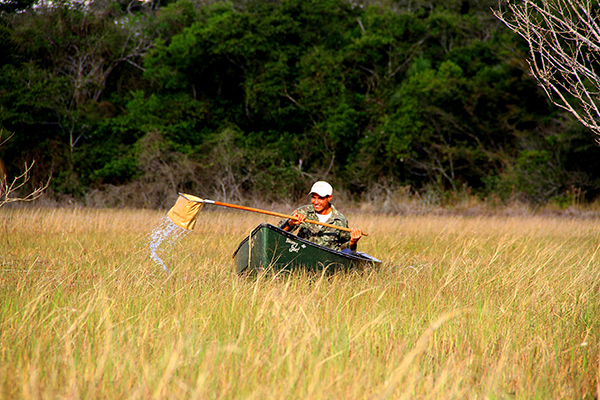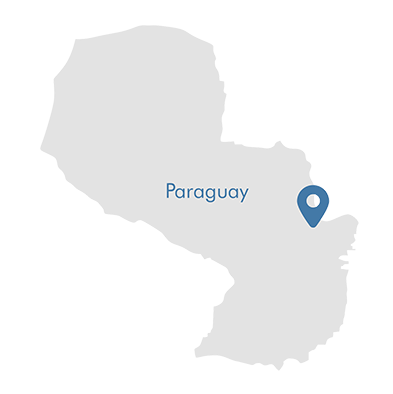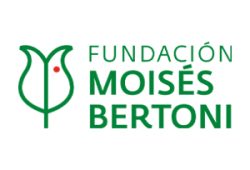PARAGUAY, SOUTH AMERICA
Lagunita Complex
The Lagunita Complex consists of 29 lagoons and is situated in the Mbaracayu Forest Natural Reserve (MFNR) in the eastern region of Paraguay. The shallow lagoons with, a maximum depth of one meter, are located in the department of Canindeyú near the Brazilian border and cover a surface of only 0,3 km². The complex is surrounded by the Mbaracayu Forest Natural Reserve (MFNR), which is the core area of the Mbaracayu Forest Biosphere Reserve (MFBR). MFNR is privately owned by the non-governmental organization Fundación Moisés Bertoni (FMB) and is one of the largest remaining tracts of privately owned dense humid sub-tropical forest in South America.

Biodiversity
The entire Lagunita Complex holds great importance for the reserve’s fauna as a whole. The MFNR is one of the places in Paraguay with a big range of biodiversity: 1.088 registered plant species, 412 bird species, 89 mammal species, 22 amphibian species, 21 reptile species and 64 fish species.
Tapir, Marsh Seedeater, Dark-throated Seedeater, Chestnut Seedeater, Broad-snouted Caiman and Southern Toad-headed Turtle are threatened and rare species living in the region. Many migratory birds use the area as a resting place such as the Lesser Yellowlegs, Solitary Sandpiper, Wilson´s Phalarope as well as the before mentioned three different species of seedeater.

Local Communities
The Aché people are a group of hunter-gatherers that have lived in the forests of eastern Paraguay since before the arrival of the Spanish. They share territory and cultural heritage with the Guarani people. Currently, most of the Aché people live on reservations.
Threats
The unique biodiversity of the whole area is threatened by soil erosion, improper use of agrochemicals, poaching as well as hunting and timer theft.

Our Work
The organization Fundación Moisés Bertoni (FMB) is responsible for the administration of the Mbaracayu Forest Nature Reserve (MFNR). FMB has developed an environmental education and public relations campaign with the nearby communities.
There are more than 20 communities devoted to planting native trees, organic gardening and bee keeping. FMB has also respected the rights of the indigenous Ache group in the reserve.
Fundación Moisés Bertoni
www.mbertoni.org.py
mbertoni@mbertoni.org.py



